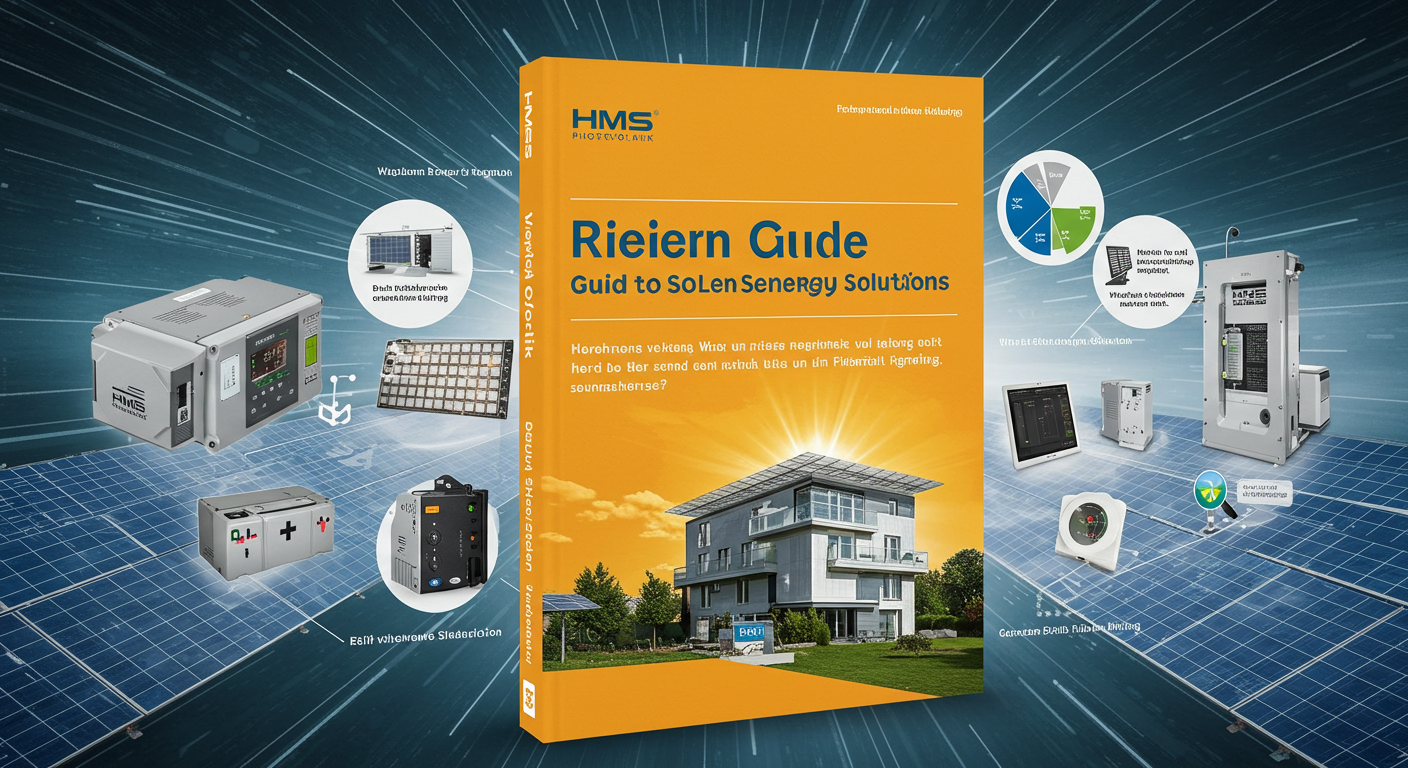In recent years, renewable energy has become one of the most important solutions to tackle rising energy demands and climate concerns. Among these innovations, HMS Photovoltaik stands out as a smart and efficient way to harness solar power. This advanced system combines modern photovoltaic technology with intelligent management tools, making it easier for households, businesses, and industries to adopt clean energy without sacrificing reliability or efficiency.
By understanding how HMS Photovoltaik works, its benefits, and its applications, we can see why it’s gaining attention as a key player in the future of sustainable power.
What is HMS Photovoltaik?
At its core, HMS Photovoltaik refers to a photovoltaic system that integrates Highly Modular Systems (HMS) with solar technology. Unlike traditional solar setups that often rely on rigid configurations, HMS Photovoltaik offers flexibility, better energy management, and easier scaling.
This means homeowners can start small and expand their systems as energy needs grow, while businesses can design customized setups that maximize efficiency and reduce costs.
How HMS Photovoltaik Works
The working principle of HMS Photovoltaik revolves around capturing sunlight, converting it into usable electricity, and managing that power effectively. Key components include:
-
Solar Panels – Capture sunlight and convert it into direct current (DC).
-
Inverters – Transform DC into alternating current (AC), suitable for everyday use.
-
Smart Controllers – Monitor and optimize the flow of energy.
-
Storage Solutions – Batteries or hybrid systems store extra energy for later use.
-
Grid Integration – Excess power can be fed back into the main grid, often providing financial returns.
By combining these elements, HMS Photovoltaik ensures that users get a reliable, efficient, and eco-friendly source of electricity.
Benefits of HMS Photovoltaik
Switching to HMS Photovoltaik brings several advantages:
1. Higher Energy Efficiency
The modular design allows for precise energy optimization, reducing waste and maximizing output.
2. Scalability
Users can add or upgrade components over time, making the system adaptable for both small homes and large commercial facilities.
3. Cost Savings
Although the initial investment might seem high, long-term savings on electricity bills and possible government incentives make HMS Photovoltaik financially rewarding.
4. Sustainability
By reducing dependency on fossil fuels, HMS Photovoltaik helps lower carbon emissions and supports a greener future.
5. Reliability
Smart monitoring systems ensure stable energy supply even during peak demand or cloudy weather conditions.
HMS Photovoltaik vs. Traditional Solar Systems
One of the biggest differences between HMS Photovoltaik and conventional systems is flexibility. Traditional solar setups often come in fixed designs, limiting their adaptability. HMS Photovoltaik, however, allows customized installations, advanced monitoring, and better efficiency management.
This makes it particularly appealing to businesses and organizations that require tailored solutions for their energy consumption.
Applications of HMS Photovoltaik
HMS Photovoltaik is not limited to residential rooftops—it can be applied across multiple sectors:
-
Homes – Reducing electricity bills and providing backup power.
-
Businesses – Lowering operational costs and enhancing sustainability credentials.
-
Industries – Supporting large-scale energy needs with efficiency.
-
Agriculture – Powering irrigation systems, machinery, and storage facilities.
-
Urban Projects – Integrated into smart city infrastructures.
These versatile applications make HMS Photovoltaik a practical choice for anyone looking to invest in renewable energy.
Challenges in HMS Photovoltaik Adoption
While HMS Photovoltaik offers many benefits, there are also challenges:
-
High Initial Cost – The setup can be expensive without subsidies.
-
Technical Expertise – Requires skilled professionals for installation and maintenance.
-
Grid Regulations – Local policies can affect how much excess power can be sold back.
-
Weather Dependence – Cloudy regions may need storage solutions for consistent supply.
Overcoming these hurdles is crucial for wider adoption. Governments and private sectors are working together to provide incentives and improve accessibility.
The Future of HMS Photovoltaik
With increasing demand for sustainable energy is expected to become a cornerstone of future power systems. Advances in storage technology, AI-driven monitoring, and better integration with smart grids will make these systems more efficient and affordable.
Moreover, as climate change concerns intensify, renewable solutions like will play a central role in achieving global energy goals.
Tips for Choosing the Right HMS Photovoltaik System
For those interested in adopting here are a few tips:
-
Assess Energy Needs – Calculate how much power your home or business consumes.
-
Check Local Incentives – Many governments offer tax credits or subsidies.
-
Select Reliable Suppliers – Choose certified providers with proven expertise.
-
Plan for Expansion – Start with a scalable system that can grow with your needs.
-
Monitor Performance – Use smart apps and controllers to track energy usage.
Conclusion
HMS Photovoltaik represents a significant step forward in renewable energy technology. With its modular design, efficiency, and adaptability, it’s no surprise that more households and businesses are considering this solution for long-term sustainability. While initial costs and technical requirements pose challenges, the long-term rewards—both financially and environmentally—make it a worthwhile investment.
By embracing we’re not only saving money but also taking an active role in building a cleaner, greener future.
